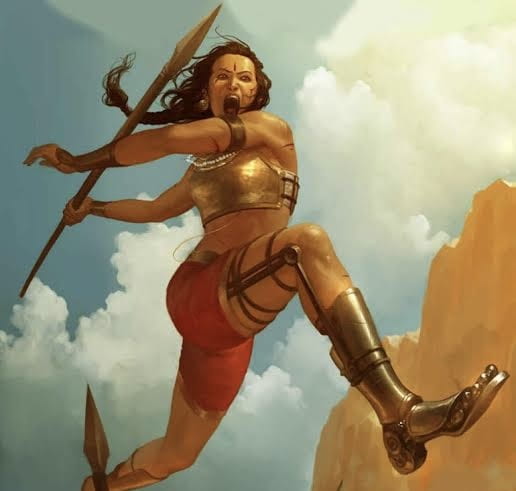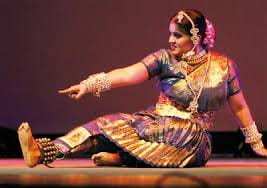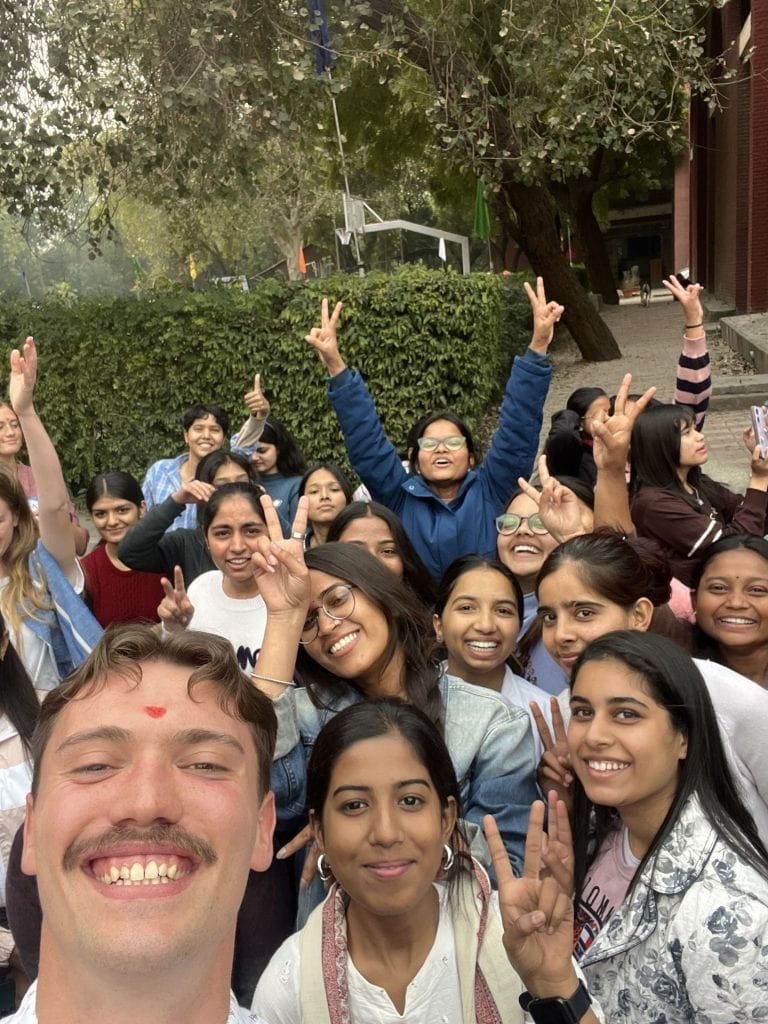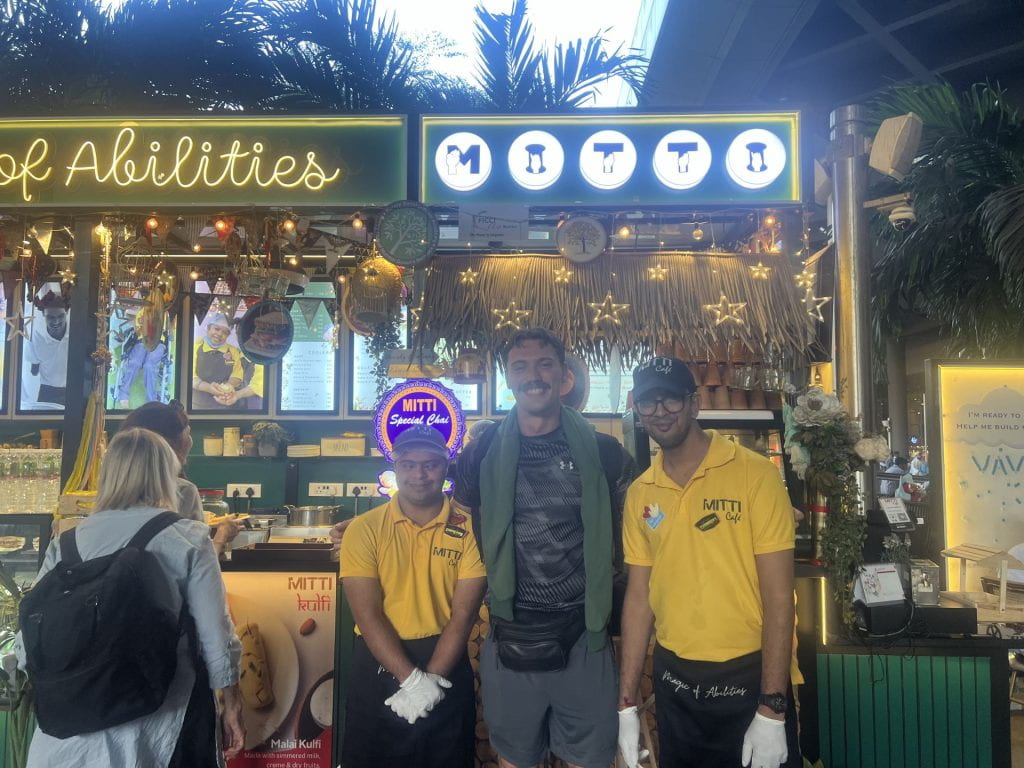India’s rich cultural heritage sees disability as a warrior queen and a revered sage. In the Rigveda, an Indian collection of hymns and poems written 3500BC-1800BC, Queen Vishpla loses her leg in battle and fights on with a prosthetic limb. Ashtavakra, a Vedic sage, is said to have authored central Hindu religious text the Ashtavakra Gita, triumphing over scholars in King Janaka’s court, who mocked his disabilities. The question this blog will explore is: How do Hindu beliefs map onto the experience of India’s 70 Million disabled citizens?

Despite this mythology underpinning disability, India’s religious tradition has at times conceptualised disability as reincarnate sin: a theme across some Asian countries such as Vietnam. This follows because Hinduism sees people in a perpetual cycle of rebirth due to karma. As we heard locals say: “You play drama you get karma”. That is to say, acting with or without virtue affects your next stage of the cycle until you reach moksha: transcendent release from the material cycle. Some Hindus have conceptualised disability as the output of karma.
The mythic background thinly traversed, how do these two warring ideals of disability play out in Indian society? At a government level, India has ratified the United Nations Convention on the Rights of Persons with Disabilities (UNCRPD), the central international treaty responding to the historic violation of disabled people’s rights and dignity. Towards realising the UNCRPD is India enshrining the Rights of Persons with Disabilities Act. The legislation requires 3-4% of public servants are disabled and among other requirements mandates accessibility across India. Though employment of disabled people is a good start given that single-use plastics are banned in India yet readily used nationally the effect of mandated accessibility seems limited. This limitation seems to be consistent with Australia’s similar federalist system that for its strengths, struggles to enact uniform disability inclusion policy in education across different states.
Where India’s centralised approach does have strength is in supporting institutions that are advancing disability inclusion. On tour, we had the pleasure of visiting Jaipur Foot, the world-leading prosthetics charity changing the lives of Indian amputees and beyond. The charity has helped 2.1 million disabled people regain agency free of cost. Of the millions of people empowered, the recipients embody India’s diversity as the charity pictures multiple deities to embody India’s constitutional secularism and the organisation’s commitment to serve all.
Jaipur Foot has married suitability, service and science. In partnering with Stanford University, the charity creates prosthetics returning recipients’ climbing, sitting and running ability as we saw when our scholars were beaten in a race! In fact, the prosthetics are so functional that Sudha Chandran, a famous Indian dancer and actor, performs wearing the Jaipur Foot!
Further, Jaipur Foot advances government employment quotas by employing recipients to provide holistic support to customers adjusting to life with the limb. Additionally, the prosthetics embody India’s widely used 80-20 principle; the top 20% of expenditure is a poor bang for buck in increasing quality. Due to this approach, Jaipur feet cost only $100 internally compared to $100,000 in New Zealand and thus it is feasible for the charity to donate the prosthetics free of cost. The ability to offer this service is further helped by the charity’s exceptional administrative efficiency costing the organisation a mere 2.76% of its annual budget. With such an effective approach Jaipur Foot received funding from the United Nations and Indian government to run 70 mobile van camps as part of Ghandi’s 50th birthday India for Humanity Program. Today, Jaipur Foot has a whopping 33 branches across the world empowering millions of disabled people with agency.

India’s educational system seems to be following the government’s example with affirmative action in tertiary. On our travels, we visited St. Joseph’s Jesuit University and Delhi University among other institutions which both used a quota for disabled students and offering scholarships. For St Joseph’s, graduates have a 100% placement success and Delhi sees students employed mainly in the public service. Further, Delhi has a Disabled Student Council to guide disability inclusion and St Joseph’s a Disability Advisory Group. When asked about barriers for disabled students the representative of one of the institutions we visited said that there were none because the institution provides the funding for all access needs. However, on leaving the premises I encountered a student in a wheelchair waiting for a door to be opened. This could point to the interdependent nature of disability in India where perhaps disabled people do not experience the same atomisation characteristic of developed countries. That is to say, it may be that this is not seen as a barrier given the community connectedness that disabled people in the West miss for lack of disability inclusion despite better material support. Nonetheless, in New Zealand, support services have to maintain a reputation to access the funding running the service and I was visiting as an international guest and this may have played a role in this experience and understanding. Either way, it should be noted that India’s enrolment rate is 9% of the population and thus this discussion is not generalisable to all Indians.

On the generalisability of the tertiary education experience, it is important to recognise the relationship between income and recognising disability dignity. Interestingly, I wonder if the Kuznet curve may offer some insight. The Kuznet curve explains that less industrialised economies are often highly environmentally conscious. As society industrialises people become less environmentally conscious until reaching a level of industrial comfort for consciousness to return. Similarly, materially less developed Native North American tribes share the societal role of the disabled sage. Likewise, intersex people were governmental advisors in India given perceptions of their ability to commit to duty on account of their impairment. However, as society begins to industrialise disabled people are uprooted from this role, excluded and stripped of dignity. Illustrative of this, we met many disabled homeless people begging on the street. Then on reaching development disabled people’s role in society, though changed, returns to aspirations of dignity in mass consciousness.
As the Indian government matures in its relationship between state and community there are incredible initiatives such as Mitti Cafe’s popping up. Mitti’s mission is to empower disabled people in India with economic independence and recognise disability dignity. Today Mitti has served over 35 million meals across India! It does not stop there. Mirroring Jaipur Foot Mitti’s impact is holistic. This was embodied during the COVID-19 lockdowns where Mitti served over 6 million meals, removing stigma and serving the community.

In conclusion, India’s approach to disability reflects a dynamic interplay between ancient mythology, modern legislation, and evolving societal attitudes. While Hindu beliefs offer narratives of resilience and reverence towards disability, historical perceptions rooted in karma can sometimes perpetuate discrimination. However, amidst these complexities, India appears to retain a degree of pre-industrial community connectedness, fostering initiatives that prioritize inclusion and empowerment.
From the enactment of the Rights of Persons with Disabilities Act to the transformative work of organizations like Jaipur Foot and Mitti Cafe, India demonstrates a commitment to bridging the gap between state, institutional, and community responses to disability. By prioritizing accessibility, economic independence, and community support, India is steadily transforming the landscape for its 70 million disabled citizens.
As India continues its journey towards recognizing the dignity of disabled individuals, the world watches with anticipation. Will India maintain its unique blend of community cohesion or succumb to the social atomization as seen in developed nations remains to be seen. Nonetheless, through collective efforts and continued advocacy, India is paving the way for a more inclusive society for all.